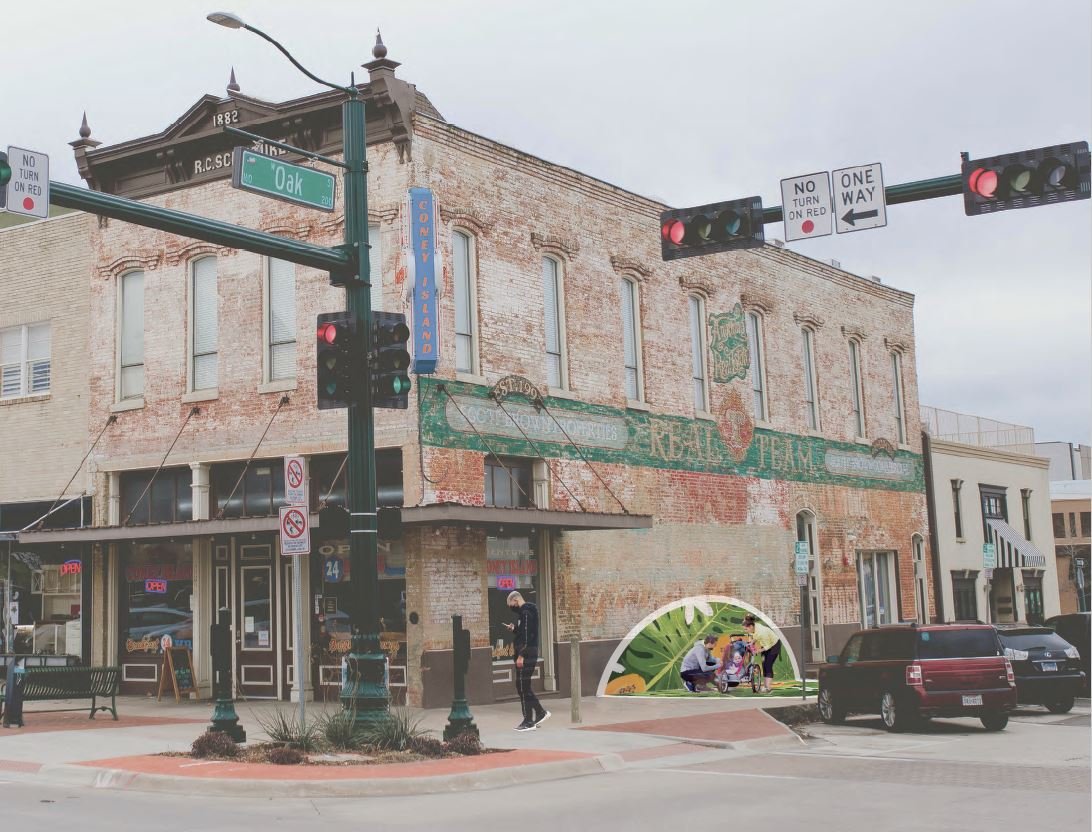Irina Schneid
“Allow for organic evolution of your idea or practice, rather than a forced resolution of your entire career.”
WomenWhoBuild, meet Irina Schneid, AIA, IIDA,
Irina is the Founder and Principal of Scharc Studio LLC, a full service architecture, interior design, and research studio, as well as Impact Wrkshp, a social advocacy organization for women in design. In addition to the incredible work Irina is doing with both of her firms, she is also an educator; having held teaching appointments at Pratt, Barnard College, Columbia University, Tyler School of Art, Drexel University, NYIT, and the Royal Melbourne Institute of Technology (RMIT) in Melbourne, Australia.
ArchNative sat down with Irina (virtually of course) to discuss her journey in architecture, the challenges and triumphs of starting her own companies, how she is able to balance being an educator while maintaining her businesses, and her advice for females starting in the field.
Tell us a little bit about yourself and your journey in Architecture? What was your first introduction to the field?
I was born in Moscow, Russia and emigrated to the US in 1989 as a political refugee. As a teenager I was introduced to a Russian Artist/Architect who soon became my art teacher. Under his guidance I built my hand in drawing and developed an insatiable interest in the built environment which consumed my sketchbooks and ultimately landed me at the School of Architecture, Art, and Planning at Cornell University.
Irina with Kids.jpg
You are an Adjunct Assistant Professor of Interior Design at Pratt, as well as the Founder and Principal Architect of Scharc Studio LLC, how do you balance your career of being a professional with that of an educator?
Teaching is the driving force behind my career. My teaching propels my practice and my practice supports my teaching. Knowing early on that I wanted to have one foot in academia at all times, I realized that I would have to practice architecture on my own terms to gain the flexibility to teach (no one at the time was willing to let me do both while working at an office full time). Coupled with my desire to have a family, I got licensed and started my practice to gain agency over my time. I won’t pretend to have found a balance. 10 years into teaching and 5 years into motherhood, I am still finding my way through the daily juggle of professional, personal, and academic responsibilities.
Hammock Room, Impact Wrkshp 2019, Group photo with fellows
What aspect of having your own studio is the most challenging and which is the most rewarding?
As a sole practitioner, the most challenging aspect of my professional practice is having to wear so many different hats at once. As a trained architect my knowledge base is in design, not business. With a design practice you also have to know how to sell your services, maintain business relationships, manage finances, market and publish your work, the list goes on. Its impossible to stay on top of it all at all times, and so I am learning to be kind to myself and either delegate or drop the ball every now and then (for me, the social media ball gets dropped often!). The most rewarding aspect of my work is having the flexibility to make decisions that make sense for my life wherever it may be at the time. If I want to take on a greater teaching load one semester, I can cut back on design work, and vice versa. Parenting, however, is a full time job.
Hammock Room, Impact Wrkshp 2019, Detail
You are also the founder of Impact Wrkshp, a social advocacy organization for women in design, can you tell us a little bit about that? What do you expect for the future of Impact Wrkshp?
At its core, Impact Wrkshp is a social impact platform for womxn across design disciplines. We connect emerging designers with local communities and help them bring participatory art projects to life within those communities. This year, our virtual fellowship project Covid:KIT addressed the social and emotional toll of prolonged isolation and re-occupation of public space. We proposed a series of sidewalk installations which deploy social distancing guidelines as tools for bringing people together rather than keeping them apart.
Our vision and our questioning have evolved with every fellowship project we’ve embarked upon. Looking ahead I see Impact Wrkshp continuing to grow into a meaningful mentorship network which empowers womxn to use design as a change-agent towards social good.
What is one piece of advice you have for women entering the field?
Can I offer 2?
1. Allow for organic evolution of your idea or practice, rather than a forced resolution of your entire career.
2. Establish your values alongside your ambitions. Don’t lose sight of the former as you navigate towards the latter.
Photos:
Covid-KIT Multi Game Circles, Impact Wrkshp 2020, Project Lead Tracy Llewellyn
Covid-KIT Sensible Spacers, Impact Wrkshp 2020, Project Lead Kemper Fagan
Covid-KIT Rest Spots, Impact Wrkshp 2020, Project Lead Hailey Windsor







